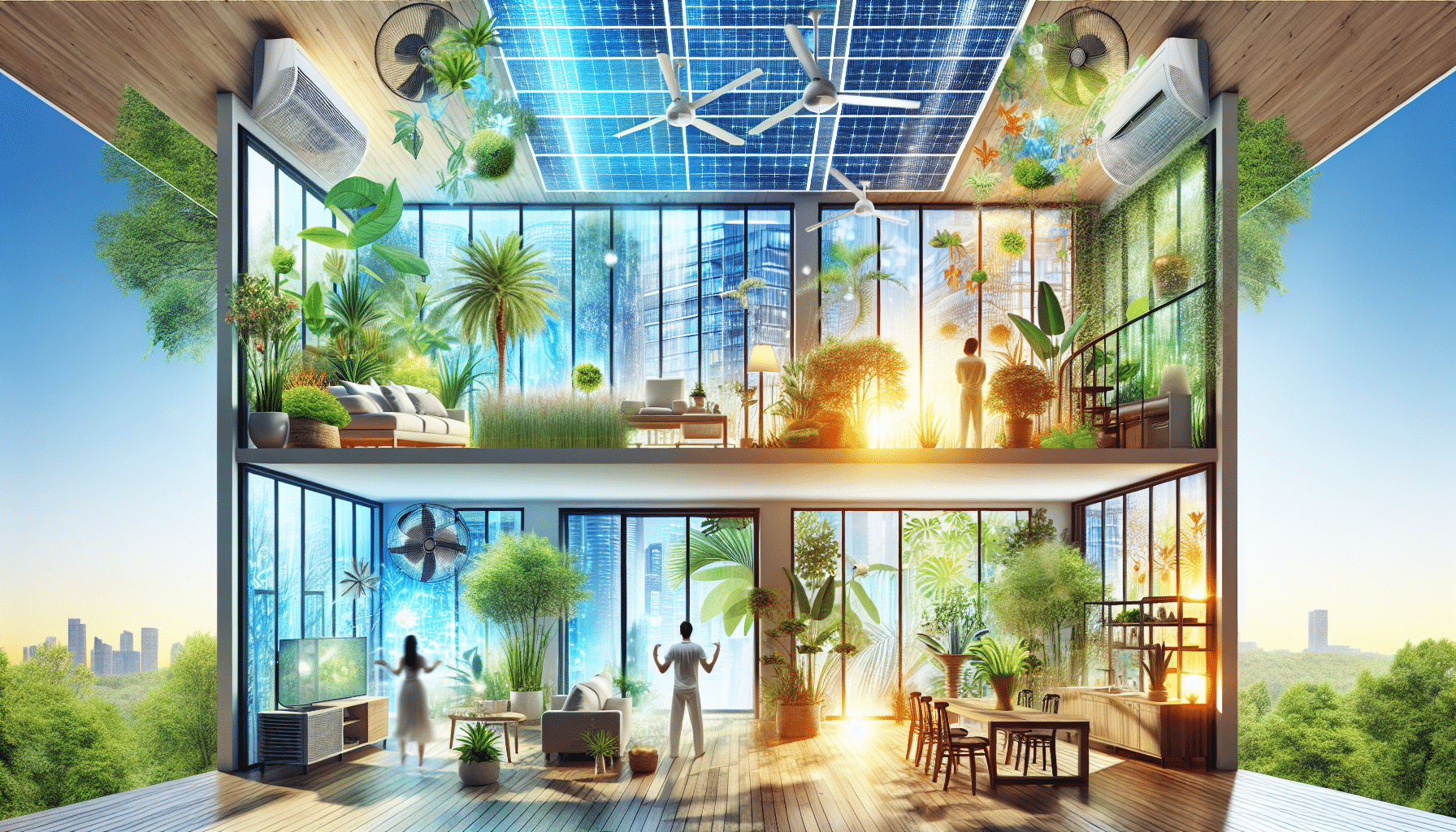During the hottest months of the year, finding effective and sustainable methods to cool the home becomes a pressing need for many people. The urgency to reduce energy consumption and minimize carbon footprint has driven a growing interest in natural solutions that keep indoor temperatures pleasant. Here are some strategies that allow you to address high temperatures in an eco-friendly way.
One of the most effective measures is to ensure adequate ventilation. Opening windows and doors strategically during the cooler hours, such as in the morning and evening, facilitates the circulation of fresh air and reduces internal heat buildup. Additionally, installing fans in key locations can improve this circulation, offering significant relief without relying on air conditioning.
The use of curtains and blinds is another crucial aspect. Windows are responsible for a large part of heat gain inside the home. To counteract this, it is recommended to use light-colored curtains or reflective materials that block direct sunlight. Wooden blinds and roller shades are additional options that help keep heat out of interiors.
Furthermore, incorporating plants in indoor spaces can transform the environment. Vegetation not only adds an aesthetic touch but also acts as a thermal regulator, helping to maintain cooler temperatures. Plants located inside the home or in rooftop gardens and balconies contribute to a more temperate atmosphere, as plants release moisture through a process known as transpiration.
When building or remodeling, opting for sustainable materials that offer adequate thermal insulation can make a significant difference. Installing green roofs and using walls with eco-friendly materials help regulate the internal temperature of the home. Likewise, passive cooling, which involves leveraging the orientation of the dwelling to maximize cross ventilation and minimize direct solar exposure, is a valuable technique for those embarking on new constructions.
Community involvement is equally relevant in creating cooler environments. Encouraging tree planting and the creation of green spaces around homes not only provides immediate shade but also cools the surrounding air, improving the feeling of freshness in the neighborhood.
Implementing these practices not only provides relief from heat but also promotes a more sustainable and environmentally respectful lifestyle. With small changes in how we cool our homes, we not only take care of our personal well-being but also contribute to the health of the planet. In an increasingly energy-efficient context, cooling the home naturally and sustainably emerges as a viable and responsible solution.
Source: MiMub in Spanish











